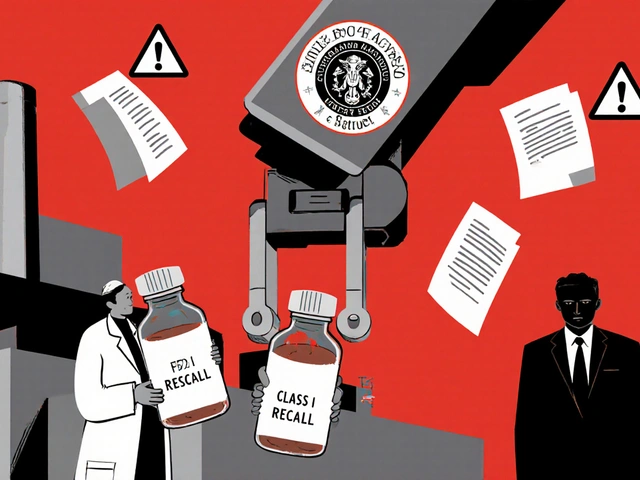Nonantimicrobial Sulfonamides: Uses, Benefits, and What You Need to Know
When you hear nonantimicrobial sulfonamides, a class of drugs derived from sulfonamide chemistry but not used to kill bacteria. Also known as sulfonamide derivatives, these medications work in ways completely different from their antibiotic cousins—targeting enzymes, fluid balance, and nerve activity instead of infections. Think of them as the quiet workers behind the scenes: they don’t fight germs, but they help your body manage pressure, sugar, and fluid levels—often for years.
These drugs fall into three main groups: carbonic anhydrase inhibitors, compounds that reduce fluid buildup by blocking a key enzyme in the kidneys and eyes, like acetazolamide; sulfonylureas, oral diabetes drugs that prompt the pancreas to release more insulin, such as glimepiride; and thiazide diuretics, water pills that help lower blood pressure by flushing out excess salt and water, like hydrochlorothiazide. Each has a different job, but they all start from the same chemical base—just repurposed for chronic conditions, not infections.
Why does this matter? Because if you’re taking a sulfonamide for glaucoma or high blood pressure, you might assume it’s an antibiotic—and that’s dangerous. Mixing it with real antibiotics can lead to confusion, missed diagnoses, or unnecessary side effects. These drugs are long-term tools. They’re used daily for years, not just a week. They help control pressure inside your eye, stabilize blood sugar after meals, or reduce swelling in your legs. And unlike antibiotics, they don’t cause resistance—you won’t outgrow their effect by overusing them.
You’ll find these in treatments for epilepsy (topiramate), heart failure (indapamide), and even altitude sickness (acetazolamide). They’re not flashy, but they’re reliable. Many of the posts here dive into how these drugs interact with food, affect kidney function, or combine with other meds—like how a diuretic might lower potassium, or how a sulfonylurea can cause low blood sugar if you skip meals. There’s no one-size-fits-all approach. What works for someone with diabetes might not help someone with fluid retention, and vice versa.
These aren’t new drugs. But the way we use them is still evolving. Doctors now pair them with lifestyle changes—diet, exercise, monitoring—to get better results. And because they’re often taken for decades, knowing their long-term effects is just as important as knowing how they work. Whether you’re managing hypertension, diabetes, or glaucoma, understanding your sulfonamide means taking control—not just following a prescription.





